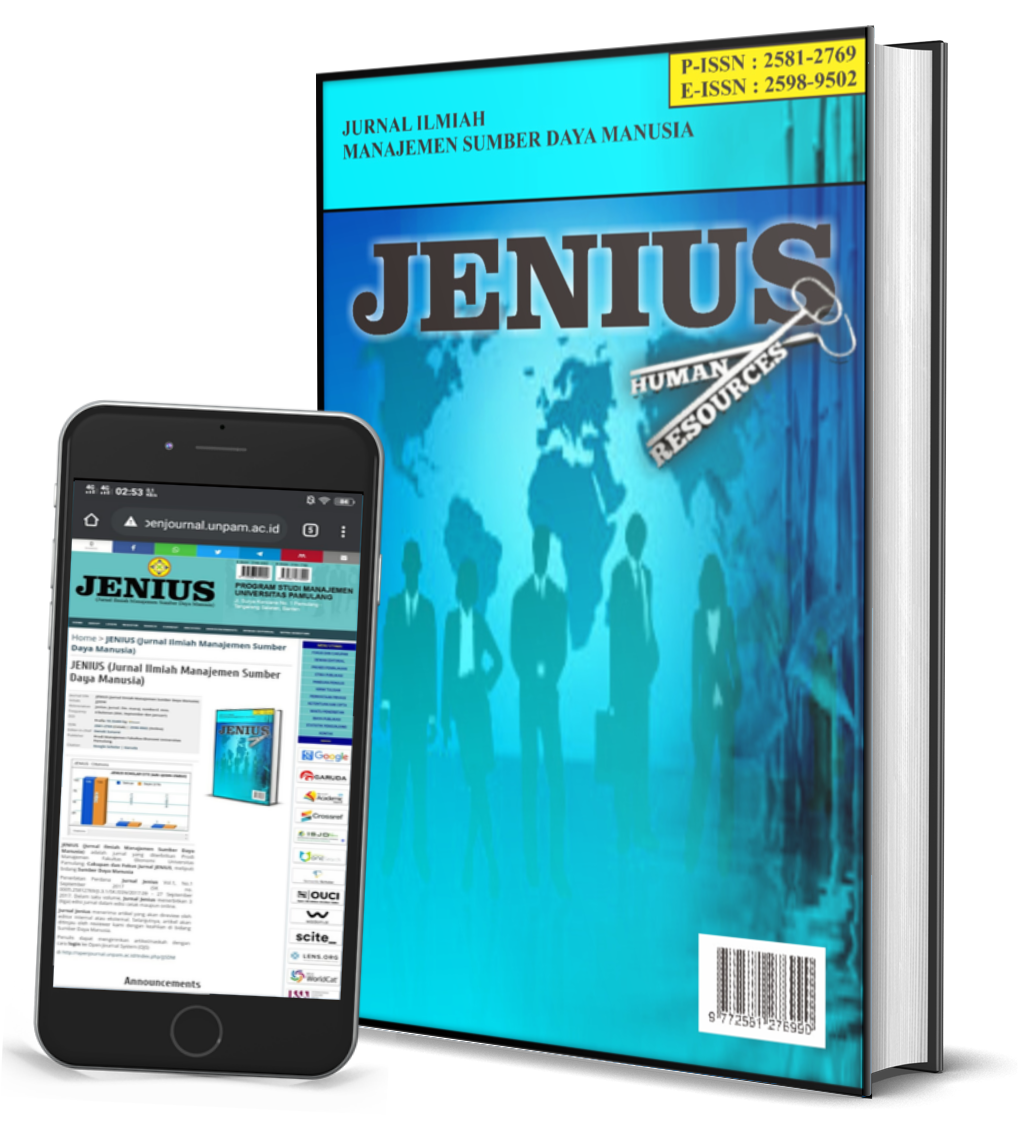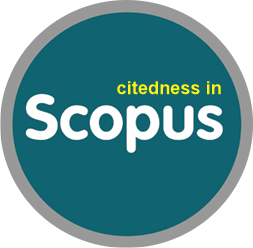Marketing Mix Analysis of Purchasing Decisions Through the Grabfood Application in Bandar Lampung
DOI:
https://doi.org/10.32493/JJSDM.v8i2.45158Keywords:
Purchasing Decisions; Marketing Mix; GrabfoodAbstract
This research aims to find out how much influence the marketing mix (product, price, place and promotion) has on food purchasing decisions in the Grab Food application. The target population for this research is people who use the Grab Food Application in the city of Bandar Lampung, and the sample took the entire population using a non-probability sampling method. The research results show that the Marketing Mix together has a positive and significant effect on purchasing decisions via the Grabfood application in Bandar Lampung. Based on the table, the coefficient of determination shows an R Square number with a value of 92. This shows that 0.92% of the influence can be explained by the independent variable marketing mix on the dependent variable (purchasing decision), while the remaining 0.8% is explained by other variables that were not tested in this research.
References
1. Agus, Hermawan. 2012. Marketing Communication. Jakarta: Erlangga.
2. Al Rasyid, H., & Tri Indah, A. (2018). The Influence of Product Innovation and Price on Yamaha Motorcycle Purchase Decisions in South Tangerang City. Perspective, 16(1), 39–49. https://doi.org/2550-1178.
3. Alma, Buchari. (2016). Marketing Management and Service Marketing. Bandung: Alfabeta.
4. Basu Swastha and Irawan. (2002). Modern Marketing Management. Yogyakarta : Liberty.
5. Budi Rahayu Tanama. (2017). Marketing Management. Denpasar: Faculty. Udayana University.
6. Danang Sunyoto. (2015). Marketing Strategy. Yogyakarta : Center for Academic.
7. Dharmmesta, Basu Swastha and Hani Handoko, (2016). Marketing Management. Consumer Analytics and Behavior. Yogyakarta: BPFE Yogyakarta.
8. Elliot, Greg., Rundle-Thiele, Sharyn., dan Waller, David. (2016). Marketing. Second Edition. Australia: Wiley.
9. Fandy Tjiptono. (2015). Marketing Strategy, 4th Edition, Andi Offset, Yogyakarta.
10. Kotler and Keller. (2014). Marketing Management. Volume I. 13th Edition. Jakarta: Erlangga.
11. Kotler, Philip and Armstrong, Gary. (2019). Marketing Principles. Edition 12 Volume I. Erlangga. Jakarta.
12. Kotler, Philip and Gary Armstrong. (2016). Marketing Basics. Volume 1. The 2nd Edition. 9. Jakarta: Erlangga.
13. Lamb, Hair and Mcdaniel. (2012). Marketing, First Edition, Jakarta: Salemba Four.
14. Lupiyoadi, R. (2017). Service Marketing Management (Salemba Em).
15. Marina Intan Pertiwi, et al. (2016). The Influence of Marketing Mix on Purchase Decisions: A Study on Coffee & Baker's King Donuts at MX Mall Malang, Journal of Business Administration (JAB), Vol. 37, No. 1, Pages 1-8.
16. Mursid, M. (2006). Marketing Management. Jakarta: Bumi Aksara.
17. Nicka Aulia Putri. (2020). Analysis of the Influence of the 7P Marketing Mix (Product, Price, Promotion, Place, People, Process and Physical Envidence) on Purchase Decisions (Case Study on Grab-Food Consumers in South Jakarta). Thesis. Faculty of Economics and Social Sciences, Bakrie University, Jakarta.
18. Sugiyono. (2019). Quantitative and qualitative research methodologies and R&D. Bandung: ALFABETA.
Downloads
Published
Issue
Section
License
Copyright (c) 2025 Jayadi Jayadi, Berlintina Permatasari, Ade Candra

This work is licensed under a Creative Commons Attribution 4.0 International License.
Authors who publish in this journal agree to the following terms:
The author owns the copyright of the article and assigns to the journal the right of first publication with the work simultaneously licensed under the terms Atribusi 4.0 Internasional (CC BY 4.0)
 which allows others to share the work with acknowledgment of the work's authorship and initial publication in this journal.
which allows others to share the work with acknowledgment of the work's authorship and initial publication in this journal.Authors may enter into separate additional contractual arrangements for the non-exclusive distribution of the published journal version of the work (for example, posting it to an institutional repository or publishing it in a book), with acknowledgment of the work's original publication in this journal.
Authors are permitted and encouraged to post their work online (for example, in institutional repositories or on their websites) before and during the submission process, as this can lead to productive exchanges, as well as earlier and larger citations of published work (See The Effect of Open Access).






























.png)





